Children in school grow emotionally, as well as physically and intellectually. A child’s ability to understand his or her own individual emotional growth is formally known as Social Emotional Learning (SEL). The Collaborative for Academic, Social, and Emotional Learning (CASEL) defines this competency as “the process through which children and adults acquire and effectively apply the knowledge, attitudes and skills necessary to understand and manage emotions, set and achieve positive goals, feel and show empathy for others, establish and maintain positive relationships, and make responsible decisions.”
It can be difficult for teachers, particularly those in the early stages of their careers, to implement technology effectively in their classroom. Here, Liverpool tech-specialist Dave McGrath discusses a few things that teachers can do to enhance learning via specific technologies.

When it comes to technology, schools have changed radically in recent years. More and more, tablets, laptops and mobile devices are being used to enhance the learning experience. The use of technology extends beyond the classroom too. Thanks to the easy availability of data capture solutions, many schools are now adopting card swipe systems to boost security and efficiency.
Modern edtech often allows hugely enjoyable ways of learning, and even fun ways of running a school. Here, teacher and ICT coordinator Poppy Gibson discusses the major possibilities presented by augmented reality to teachers.
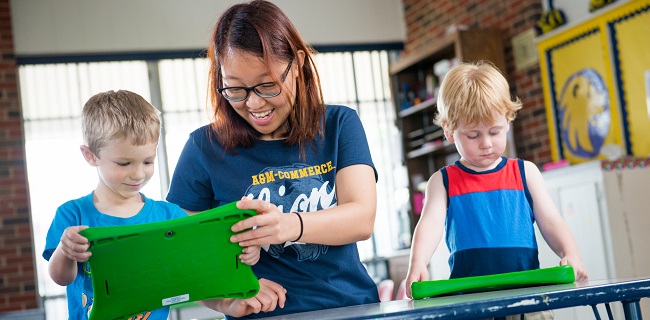
Augmented Reality (AR) is cutting-edge technology that allows for a digitally enhanced view of the real world, uncovering hidden images, videos and texts to the user when the 'trigger' (or 'marker') image or item is scanned by a camera, adding layers of digital information directly on top of objects around us.
QR codes are on just about every product you might want to buy. Poppy Gibson, a Year 5 teacher and ICT coordinator in North London, has employed this massively-used technology for fun use in her classroom.

What do tea bags, bananas and concert tickets all have in common? Amongst many other products, these are just some that have used Quick Response (QR) codes to help advertise, inform and link their consumers to further details.
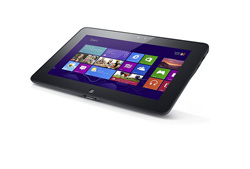
Over the past three years, there has been a huge shift towards tablet technology; with educational establishments quickly realising the huge benefits of tablet-based learning and teaching in the classroom. As a product development executive currently developing a range of apps, I have conducted a vast amount of research into educational apps and their benefits for pupils and teachers.
I have found that apps provide teachers with the tools for independent and group learning, differentiated assessments, progress tracking and blended learning in order to create an engaging and inspirational learning experience for their pupils.
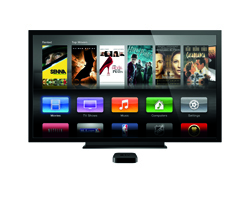
There has been a great discussion forum within our school system about iPads, Interactive Whiteboards (IWBs) and sharing student's work. It started with a question from a teacher just wanting to connect their iPad to the IWB. What then followed was an in-depth discussion about classroom practice and workflows.
We have all spent time and energy creating resources for our IWB, but is it time we move to new technology? We can in fact connect our iPads to an IWB via the VGA Adaptor, but would you choose to if you had other options?
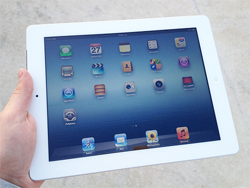
From a BYOD (Bring Your Own Device) programme to a 1:1 iPad initiative, there are a number of options available to schools when embracing new technology in the classroom. Consequently, it is becoming common for school leaders to purchase one device to trial in the classroom before making any real financial commitment.
As the iPad is currently the ‘class leader’ in education, there are many educators who have found themselves with an iPad to ‘see what it can do?’ The challenge is to demonstrate enhanced learning, so here are ten suggestions that may help:
Photo credit: http://www.flickr.com/photos/johnkarakatsanis
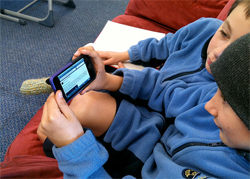
When students have access to their own Internet-connected devices at any time, both at home and at school, maths instruction has the potential to be revolutionised. Here are three great innovations available to maths instructors in 1:1 classrooms:
1:1 technology allows for extreme differentiation, even individualisation, of both the type of content each student is working on and the tasks each student is asked to complete. Instead of all working on the same topic at the same time, students in 1:1 classrooms can watch teacher-created videos (or videos from an external source) on whatever mathematical topics they need to learn next. Once that’s complete, the student can work on differentiated maths problems that match up with the topic taught in the video. As a result of 1:1 technology, each student can now be permitted to learn at his or her individualised pace, moving from topic to topic as quickly or slowly as needed. This shift to mastery-based learning, rather than calendar-based learning, can completely revolutionise a maths classroom all by itself.

A community-driven platform for showcasing the latest innovations and voices in schools
Pioneer House
North Road
Ellesmere Port
CH65 1AD
United Kingdom